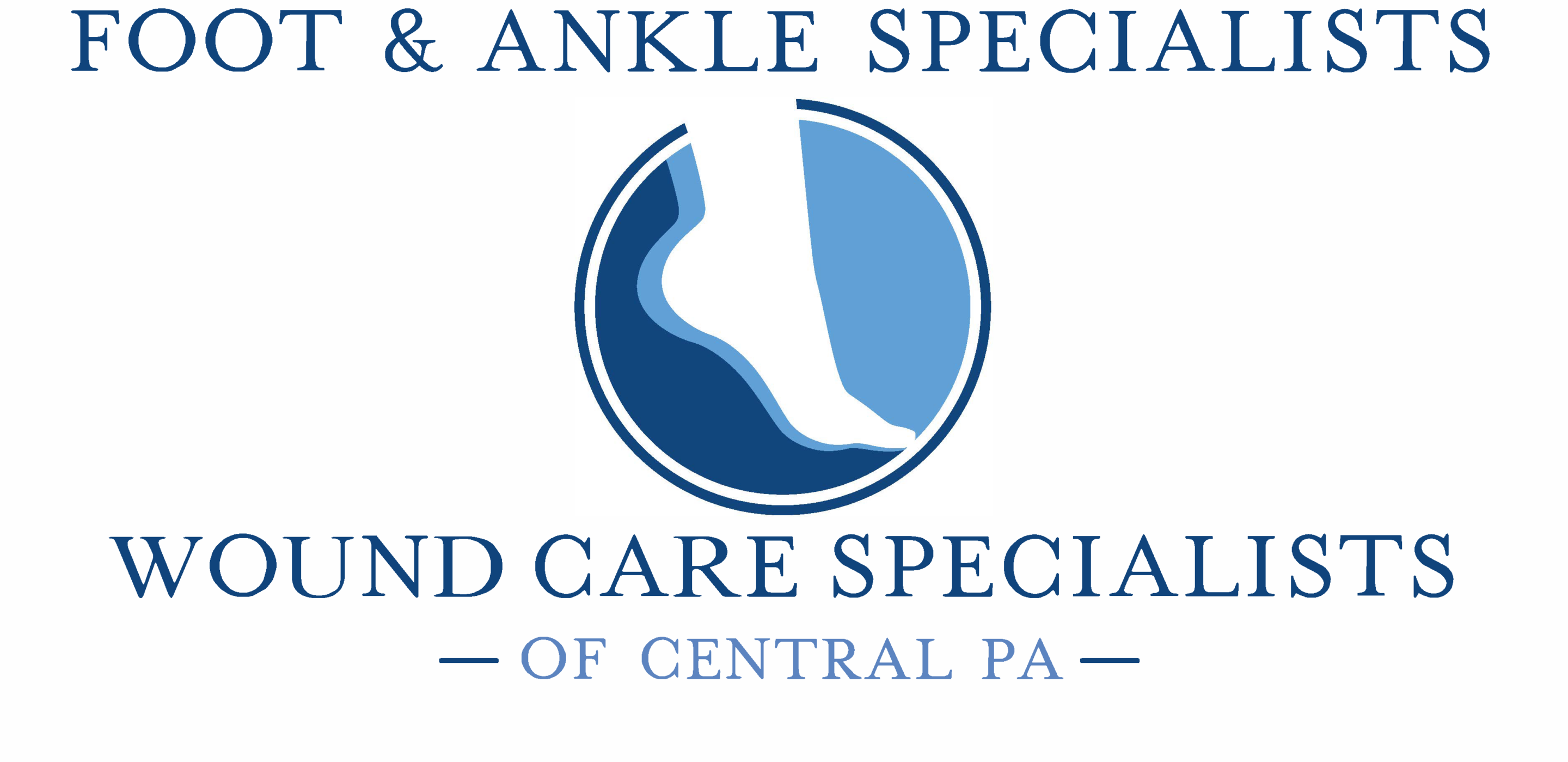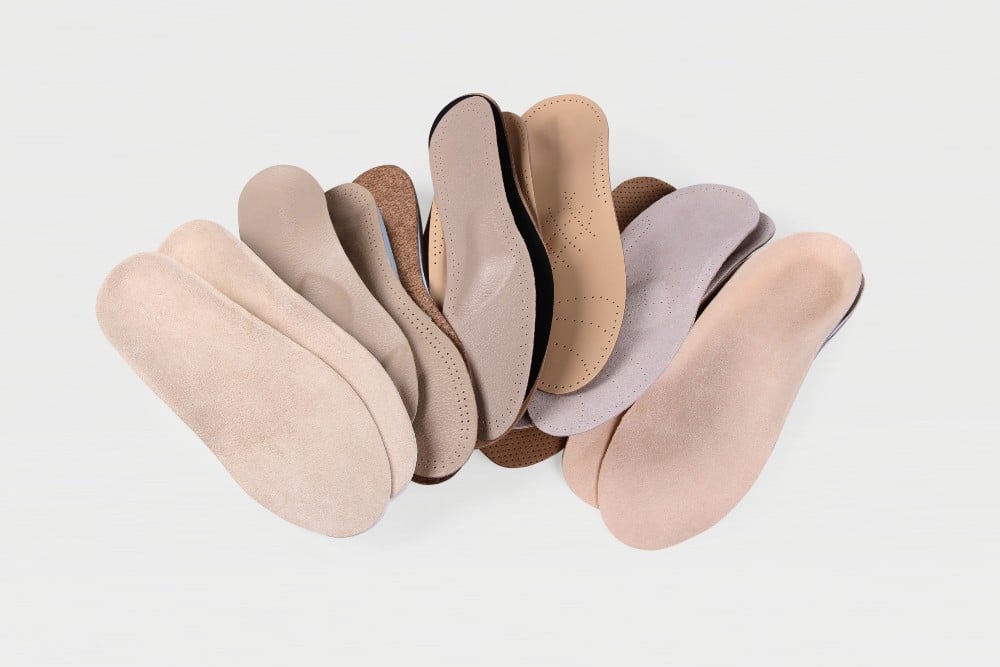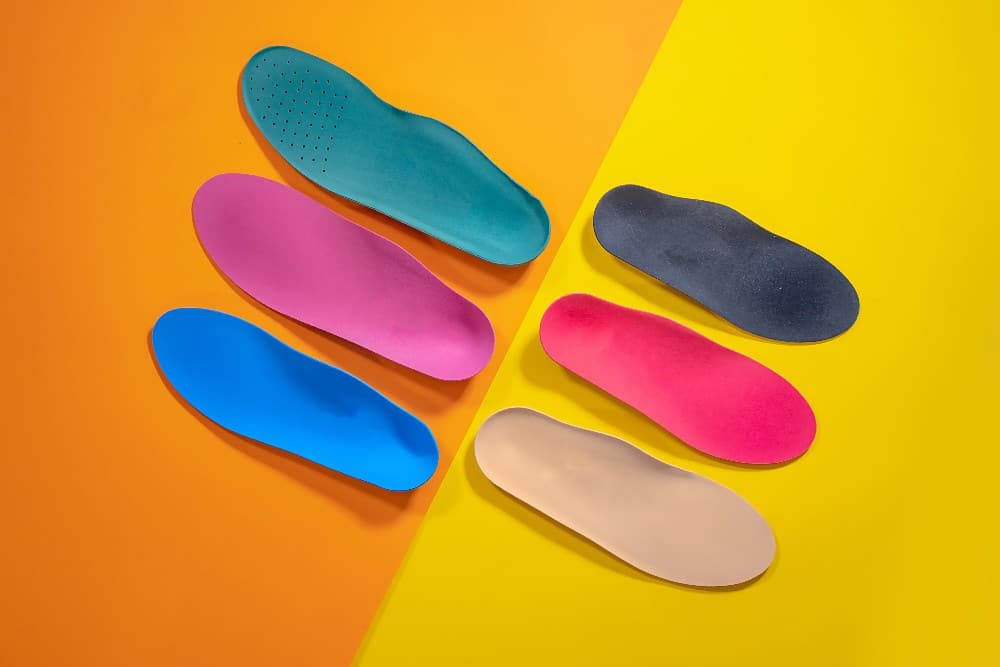What are the Advantages of 3D-Printed Custom Orthotics?
If you recently visited our office and one of our podiatrists recommended custom orthotics to alleviate pain caused by a foot condition or to accommodate another foot-related issue you are experiencing, you may be curious about the investment you have made or are considering making.
How, for example, will your custom orthotics be produced? Why does your podiatrist use 3D-printed orthotics as opposed to non-3D-printed orthotics? The purpose of this blog post is to give you all the information you need about the custom orthotics that our office specializes in, 3D-printed orthotics. We also want to make you feel confident in your decision to utilize these medical devices as part of your personalized care plan.
What are 3D-Printed Orthotics?
Custom orthotics are more than just shoe inserts. They are prescription medical devices that can relieve heel pain, lift the arches, and/or compensate for a toe deformity. They work well to offer targeted, structured support and comfort where you need it most.
Our doctors are committed to keeping up with the latest advancements in technology within the medical field. By doing so, they can offer their patients new, effective products and services that can significantly improve and enhance their quality of care.
One of the most exciting new products on the market today is medical-grade 3D printers. These machines enable podiatrists, physical therapists, orthopedists, and other professionals within the field to produce medical devices that are truly personalized to each patient and the body part that requires attention.
A 3D printer makes it possible to manufacture a three-dimensional solid object using a digital file. In the case of 3D-printed custom orthotics, this digital file is created upon completion of a digital scan of your feet.
The digital scan of your feet is an important component of manufacturing 3D-printed custom orthotics. Unlike plaster casts or foam impressions, 3D-scanning is a quick and easy way to obtain an accurate depiction of your feet—measurements, gait, pressure points, weight distribution, and more. Using scientific algorithms, 3D-scanning succeeds at capturing the unique structure and biomechanics of your feet and, in turn, informs the manufacturing process.
Are They Really More Beneficial than Other Orthotics?
Now that you understand what 3D-printed orthotics are, it’s natural to feel compelled to inquire if they are really more beneficial than other orthotics on the market. By “other” orthotics, we mean orthotics that are crafted using less advanced methods. Foam impressions are an example of a less advanced method, as the foam can only reveal so much about your feet. The same can be said for plaster casts.
Without a doubt, 3D-scanning is the most reliable and accurate way for our podiatrists to understand your feet and where the problem areas lie. The technology within the scanner can analyze thousands of data points, revealing specific diagnostics and customization recommendations within the final report. So, the answer is a resounding yes—3D-printed orthotics will serve you better than any other orthotics because they are made using a data-driven digital scan of your feet. The orthotics, then, are tailored in a way that accounts for every contour and every unique characteristic of your feet. That’s why most podiatrists elect to use 3D-scanning and 3D-printing technology—the accuracy of the scan is remarkable, and it makes your investment in custom orthotics all the more worthwhile.
What are the Differences Between 3D-Printed and Non-3D-Printed Custom Orthotics?
There are many notable differences between 3D-printed orthotics and non-3D-printed orthotics. Non-3D-printed orthotics can be expensive to produce. In the case of plaster casts, they can be messy and inconvenient.
In addition, it can take weeks for your custom orthotics to come in, and if you’re in pain, every day that goes by without this game-changing medical device is a day you’re going without the support and relief you need.
There are three more crucial differences we’d like to share below.
3D-Printed Orthotics are:
Lighter:
The 3D printer that prints your custom orthotics is capable of creating a firm yet lightweight product. The less bulky your orthotics feel in your shoes, the better. This is because carrying less weight can help you enhance your stride and prevent muscle fatigue.
Slimmer:
The 3D printer also excels at creating slimmer custom orthotics. A slim, ergonomic design permits you to insert your custom orthotics into different types of shoes—sneakers, flats, and boots, just to name a few. This ultimately makes your 3D-printed orthotics more versatile so you can truly get the most out of your investment.
More Comfortable:
Many patients who have invested in 3D-printed orthotics report that they are far more comfortable than non-3D-printed custom orthotics. One reason why they are more comfortable is due to their unique lattice design. Your comfortability plays a huge role in your movements and your ability to go about your daily routine, so it’s important to emphasize this aspect of custom orthotics.
Contact Us Today to Get Your Pair!
If you’re interested in 3D-printed orthotics that provide maximum comfort—plus superior durability and stability from heel to toe—our team at Foot & Ankle Specialists of Central PA would be glad to talk to you about how you can secure your pair.
Our team of patient-centric doctors is thrilled to be able to offer 3D scans and 3D-printed orthotics in our cutting-edge Mechanicsburg facility, located at 4 Flowers Drive Suite 2. We can answer any questions you have and discuss in detail how these orthotics—and the advanced technology we use to make them—can improve your overall mobility.
For more information about 3D-printed orthotics, please contact us today to schedule an appointment with Dr. Terry Clarke or Dr. Karen Leonard. You can reach us by calling 717-620-8225 or by clicking on the “Book Appointment” button on our website. Your mobility matters, so don’t hesitate to reach out to us at your earliest convenience. We’re confident that the 3D-printed orthotics we can supply you will transform how you move and how your feet feel every single time you lace up your shoes.


